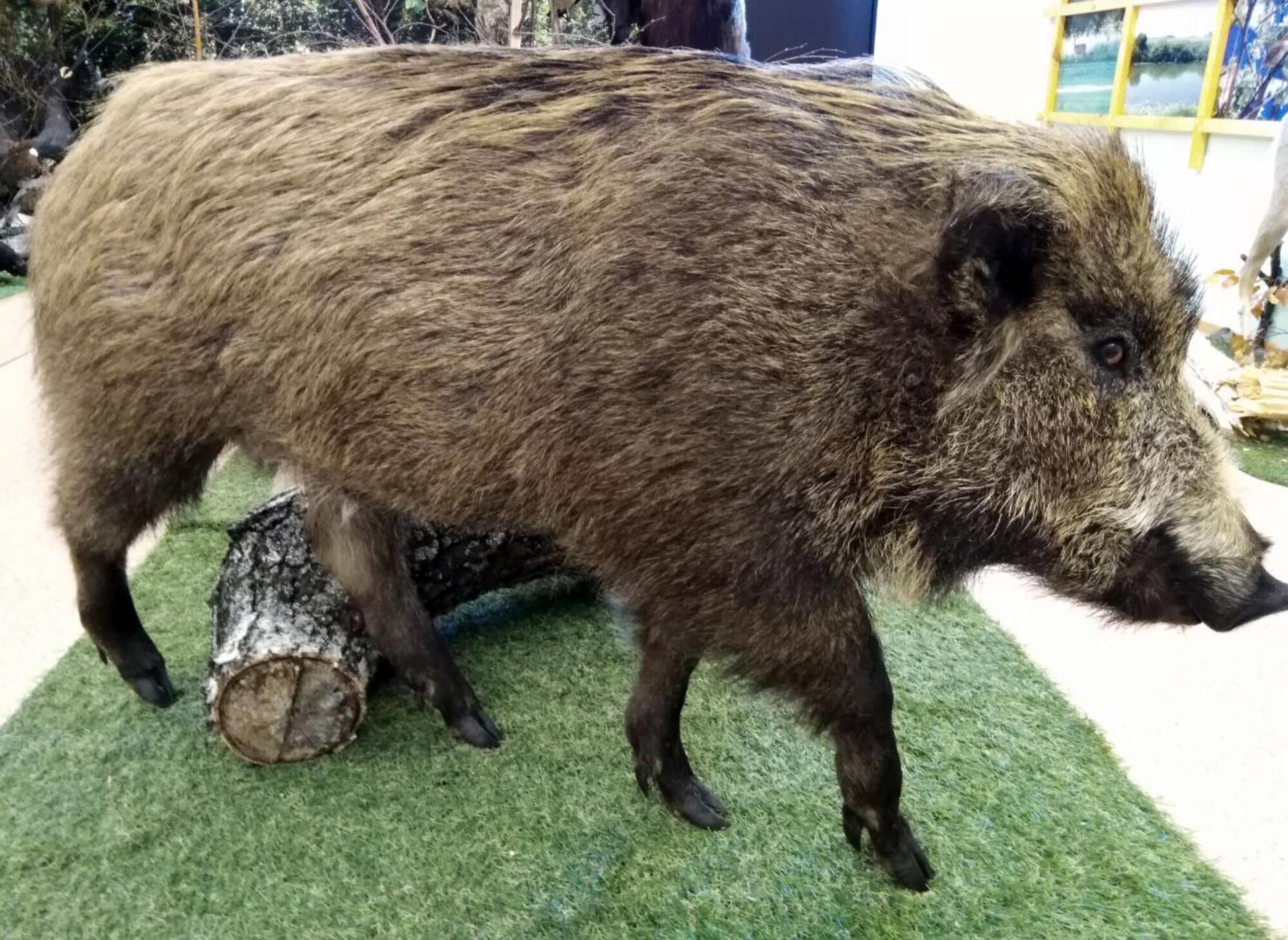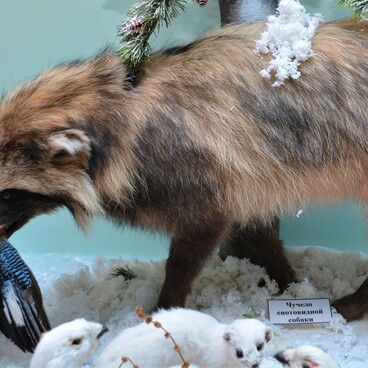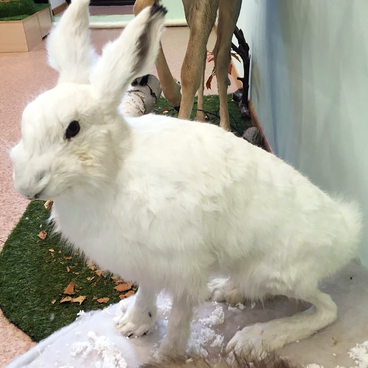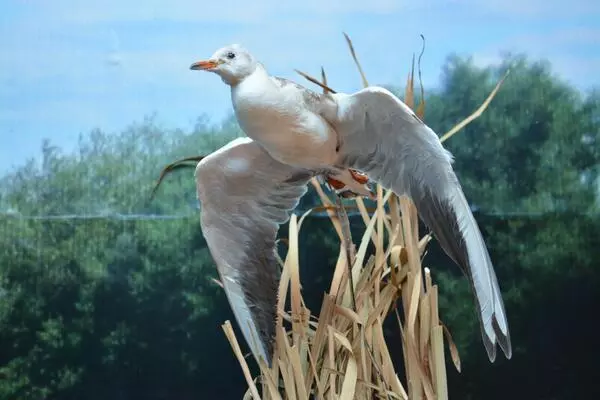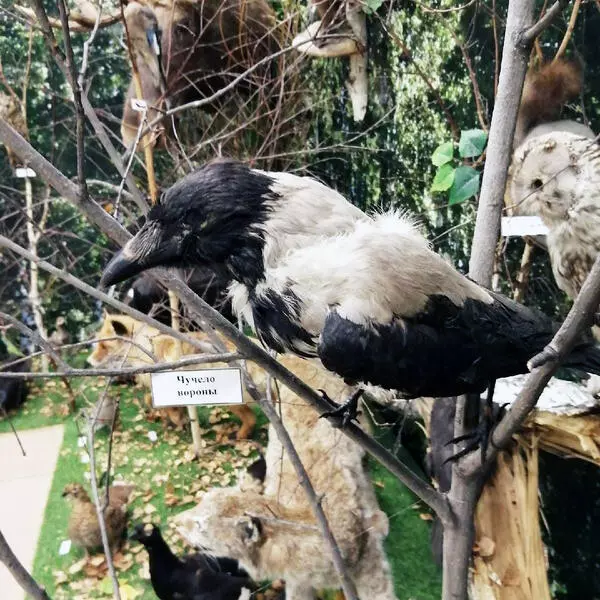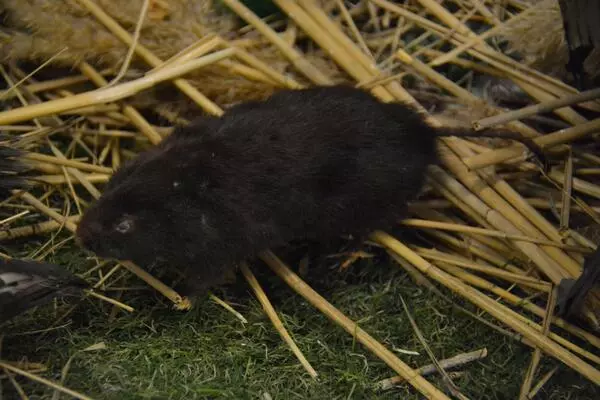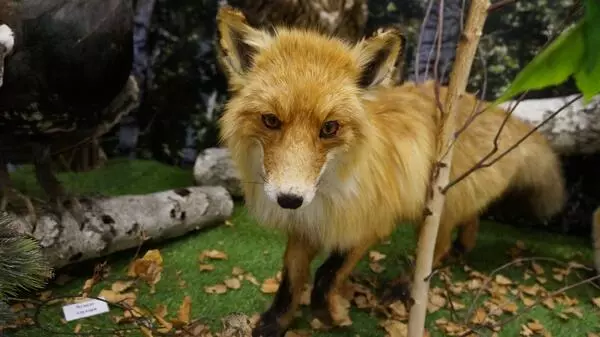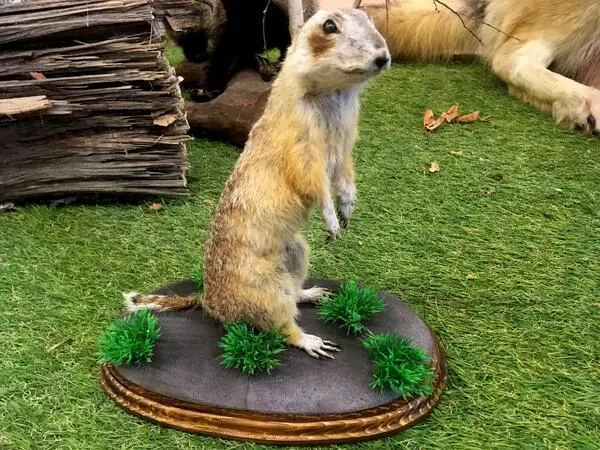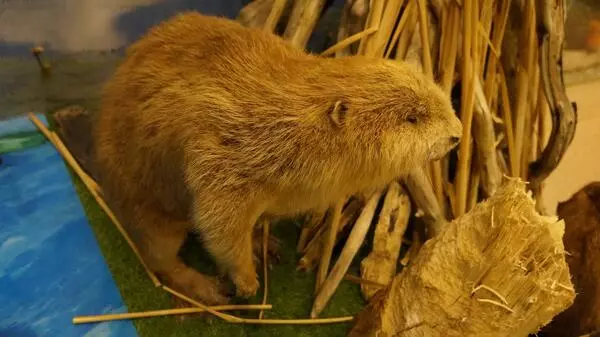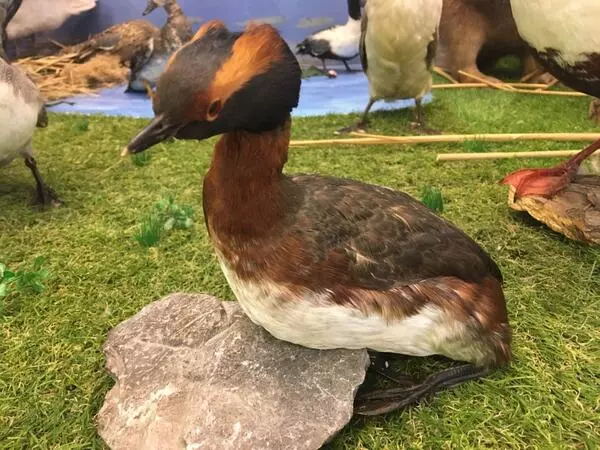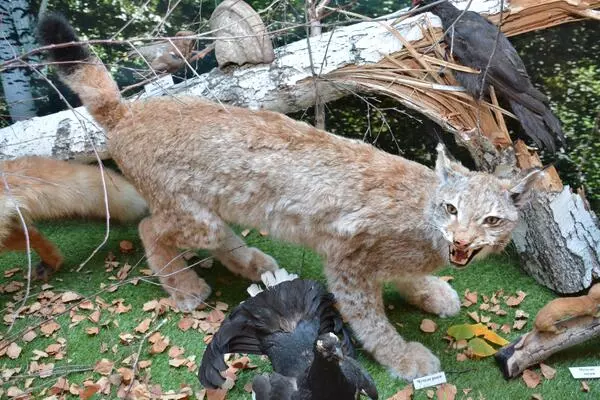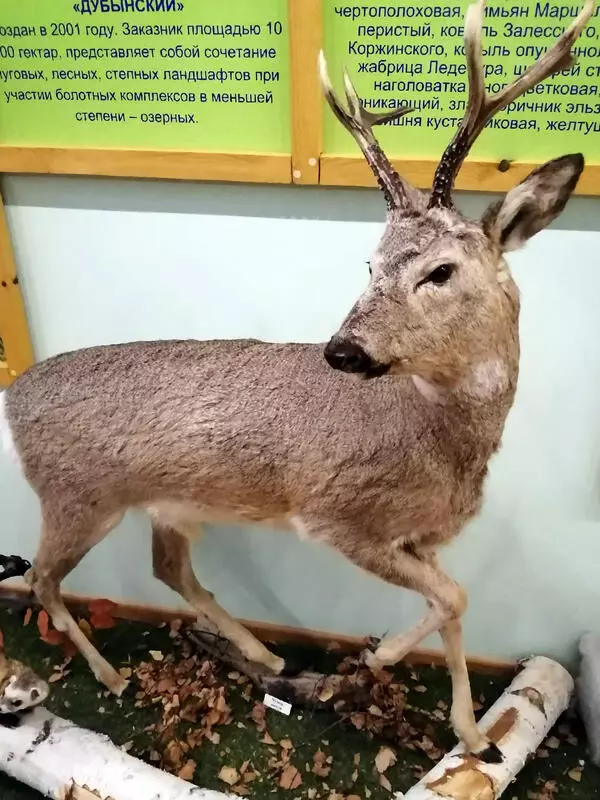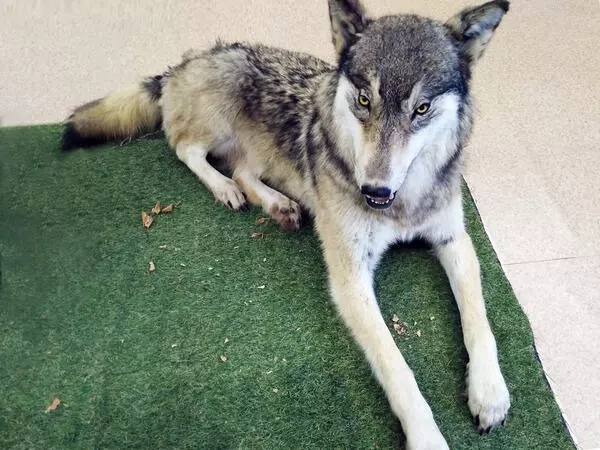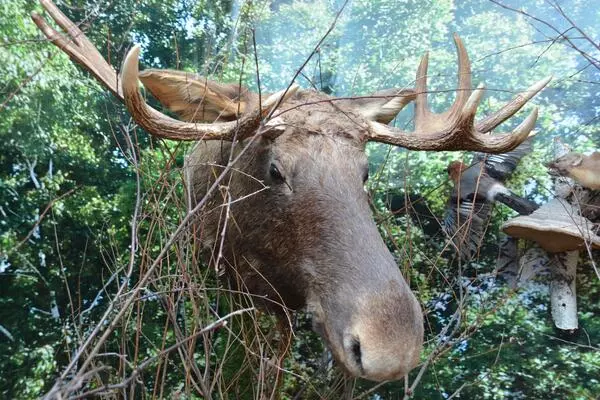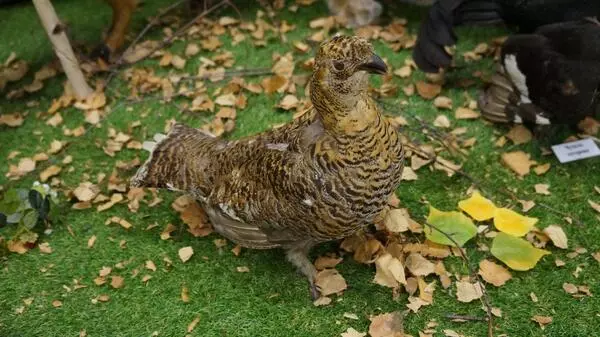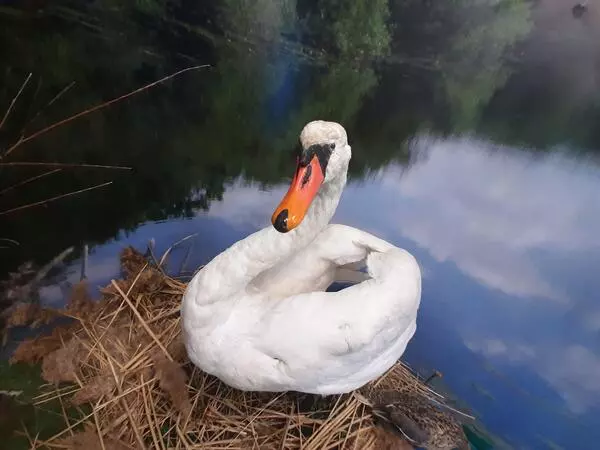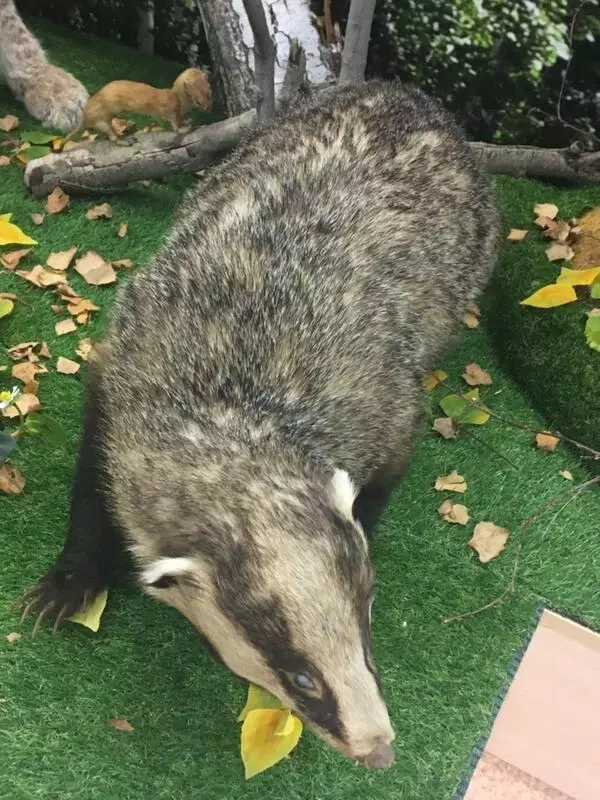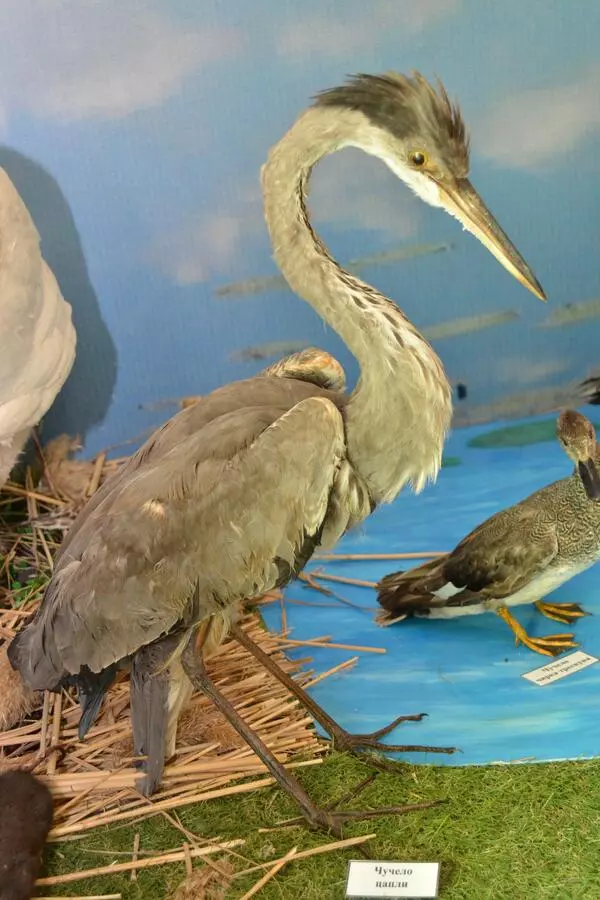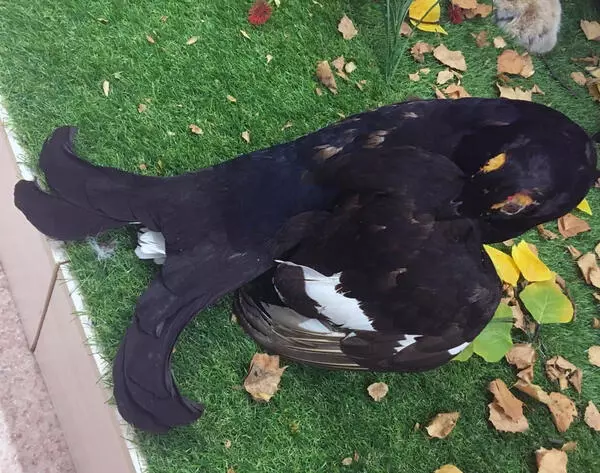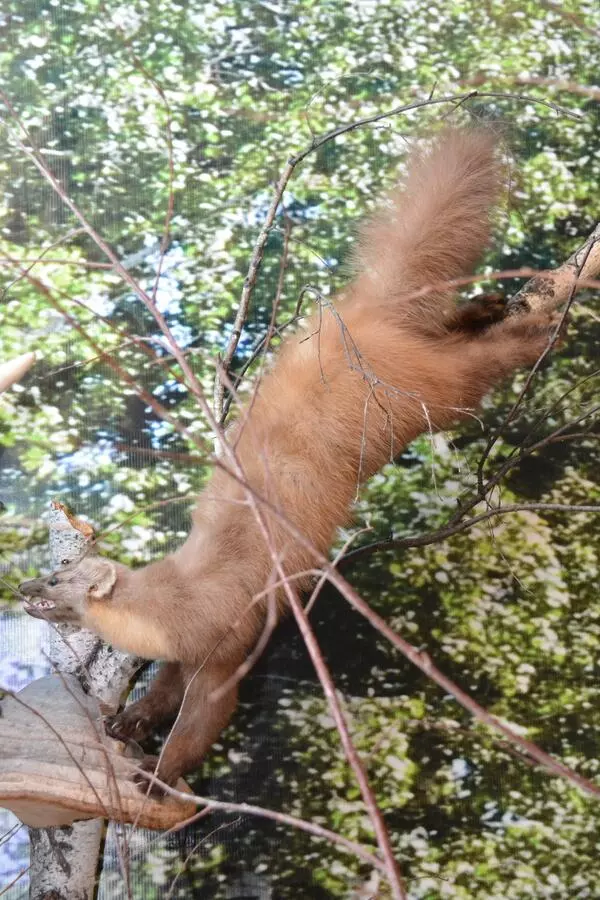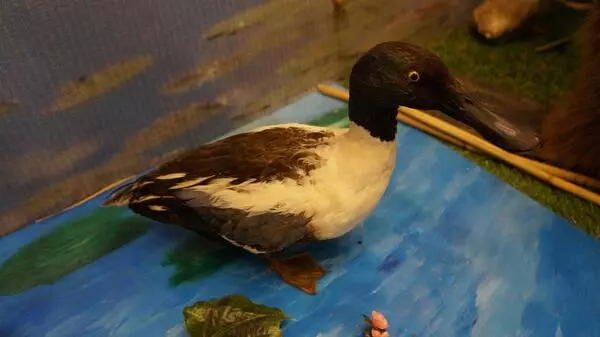The wild boar is an ancient species in the family Suidae /ˈsüəˌdē/. It is a powerful, strong, and large animal with short legs, narrow croup, and a short tail. Its bristly coarse fur varies from dark gray to brown in color. As winter comes, the wild boar’s fur grows denser and grows an undercoat. The wild boar’s medium weight is 150 kilos, and the animal can move at a speed of up to 45 kilometers per hour.
The wild boar’s habitat used to be much wider in ancient times than it is today. It used to inhabit almost all of Central Europe and the Middle East but was hunted to extinction in many areas. For instance, Egypt’s last wild boar died at the zoo in 1912, while the last wild animal had been killed before 1902. In the mid-20th century, the wild boar population was partially restored, and now it is stable in most European regions.
The wild boar prefers marshy areas overgrown with rush and bush. It is a social animal that lives in female-dominated sounders. As a rule, females gather small groups of 10 to 30 females, piglets, and young and weak males. Old males lead solitary lives and only join sounders to mate. A sounder’s territory has resting spots, feeding grounds, and dirt baths, all connected with each other by wild boar’s trails.
The wild boar can eat three to six kilos of food a day; about a third of this amount, it forages from the forest floor and soil. Throughout the year, it feeds on tubers, roots, rhizomes, and bulbs. In summer and spring, the wild boar adds fruit, acorns, seeds, nuts, berries, and mushrooms to its diet. In winter, it has to eat bark off trees and their springs. The wild boar is resistant to the poison of some plants and snakes.
The wild boar’s movement is awkward yet swift. The animal is a perfect swimmer and can cover great distances. Its eyesight is poor: the wild boar is colorblind and cannot see a human standing 15 meters away. However, it has a perfect sense of smell, hearing, and taste. The wild boar is a careful animal, but not a timid one. When wounded, irritated, or protecting its offspring, the wild boar can be extremely dangerous.
The wild boar’s habitat used to be much wider in ancient times than it is today. It used to inhabit almost all of Central Europe and the Middle East but was hunted to extinction in many areas. For instance, Egypt’s last wild boar died at the zoo in 1912, while the last wild animal had been killed before 1902. In the mid-20th century, the wild boar population was partially restored, and now it is stable in most European regions.
The wild boar prefers marshy areas overgrown with rush and bush. It is a social animal that lives in female-dominated sounders. As a rule, females gather small groups of 10 to 30 females, piglets, and young and weak males. Old males lead solitary lives and only join sounders to mate. A sounder’s territory has resting spots, feeding grounds, and dirt baths, all connected with each other by wild boar’s trails.
The wild boar can eat three to six kilos of food a day; about a third of this amount, it forages from the forest floor and soil. Throughout the year, it feeds on tubers, roots, rhizomes, and bulbs. In summer and spring, the wild boar adds fruit, acorns, seeds, nuts, berries, and mushrooms to its diet. In winter, it has to eat bark off trees and their springs. The wild boar is resistant to the poison of some plants and snakes.
The wild boar’s movement is awkward yet swift. The animal is a perfect swimmer and can cover great distances. Its eyesight is poor: the wild boar is colorblind and cannot see a human standing 15 meters away. However, it has a perfect sense of smell, hearing, and taste. The wild boar is a careful animal, but not a timid one. When wounded, irritated, or protecting its offspring, the wild boar can be extremely dangerous.
